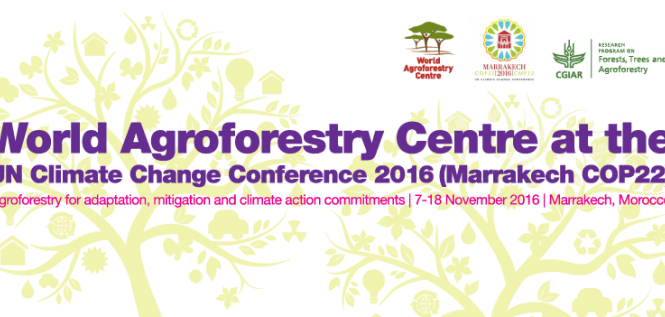Chumani village in Kilifi, where my buddy has set up a sustainable mixed farming homestead, is a 10-minute walk from one of the most gorgeous, white sandy beaches on the East African coast. In Chumani the skies are blue, the air is warm, and the moon and stars hold a beauty contest every night.
Plus, Chumani has the most delicious mahamri this side of Pwani, made fresh every morning by Mamake-Anna and her daughter Anna in their low thatch-roof kitchen-cum-restaurant by the side of the short stretch of road that turns off the Mombasa–Kilifi highway into the villlage and straight to Chumani Beach.
Legend has it that this road once had a big chunk of chuma (‘metal’ in Kiswahili), which slowly became a landmark. As time went on the village came to be known as the place with the chuma (Chumani).








